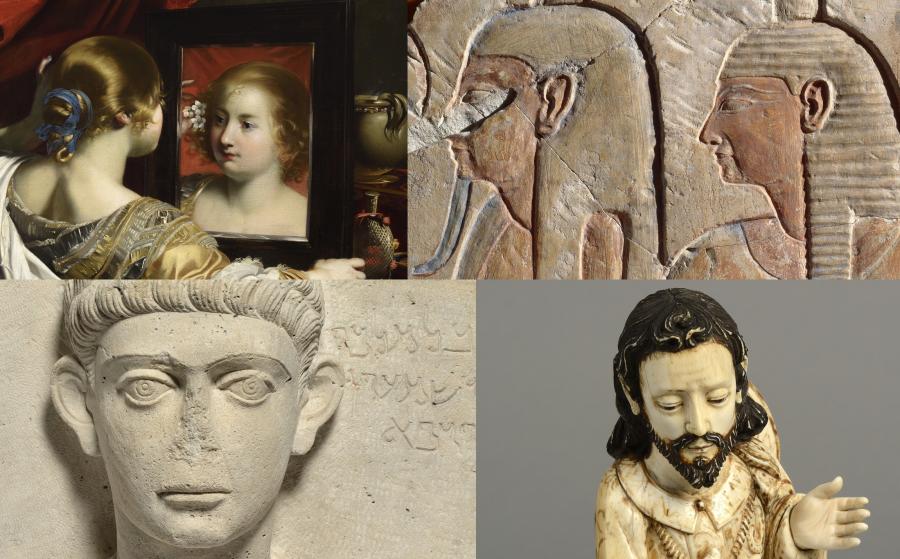With nearly fifty thousand coins, medals and seals, the Lyon Museum of Fine Arts’ Department of Coins and Medals is the largest numismatic collection in France after the one at the Bibliothèque nationale de France in Paris. It also constitutes the longest standing of the museum’s holdings, as some series were originally amassed by the city of Lyon for a public collection in 1733. The department grew in the 19th century owing to an acquisition policy that led to the exceptional Lambert, La Saussaye and Morin-Pons bequests, among many others. Truly a ‘museum within the museum’, this collection illustrates the history of coins and medals since Antiquity. It also evokes the history of Lyon by recalling its two periods of greatest glory – as the capital of Gaul and as a great Renaissance city.
Enthusiasm for old coins during the ancien régime spawned the coin and medal collection. In fact, humanists had become aware of the historical and artistic significance of these objects at the start of the Renaissance. The largest collections in the kingdom were in Lyon, which is also where the first books in French on numismatics were published, in 1553. Old coins have an indisputable advantage over other historical sources, since they are first-hand, plentiful and contemporary with the events related. Furthermore, they had an official status. Still, the evidence they offer is not incontestable. Prudence must be exercised in assessing their actual value, since the inscriptions and types of coin served not only the function of identifying the issuing power but also as an instrument of propaganda.
The influence of a past that was both rich and oresighted shows through in the collections on public display at the museum. The Greek, Roman and Gaulish series illustrate the ancient times when money was invented. Coins and seals were the favoured emblems of medieval society. They offer a more concrete vision of chivalric symbolism, up until the time when seals became the official mark of various administrative divisions in an increasingly sovereign state. Finally, medals, a new art in the Renaissance, found their first national resonance in Lyon in the late 15th century, and the city has maintained its predilection for them ever since.








